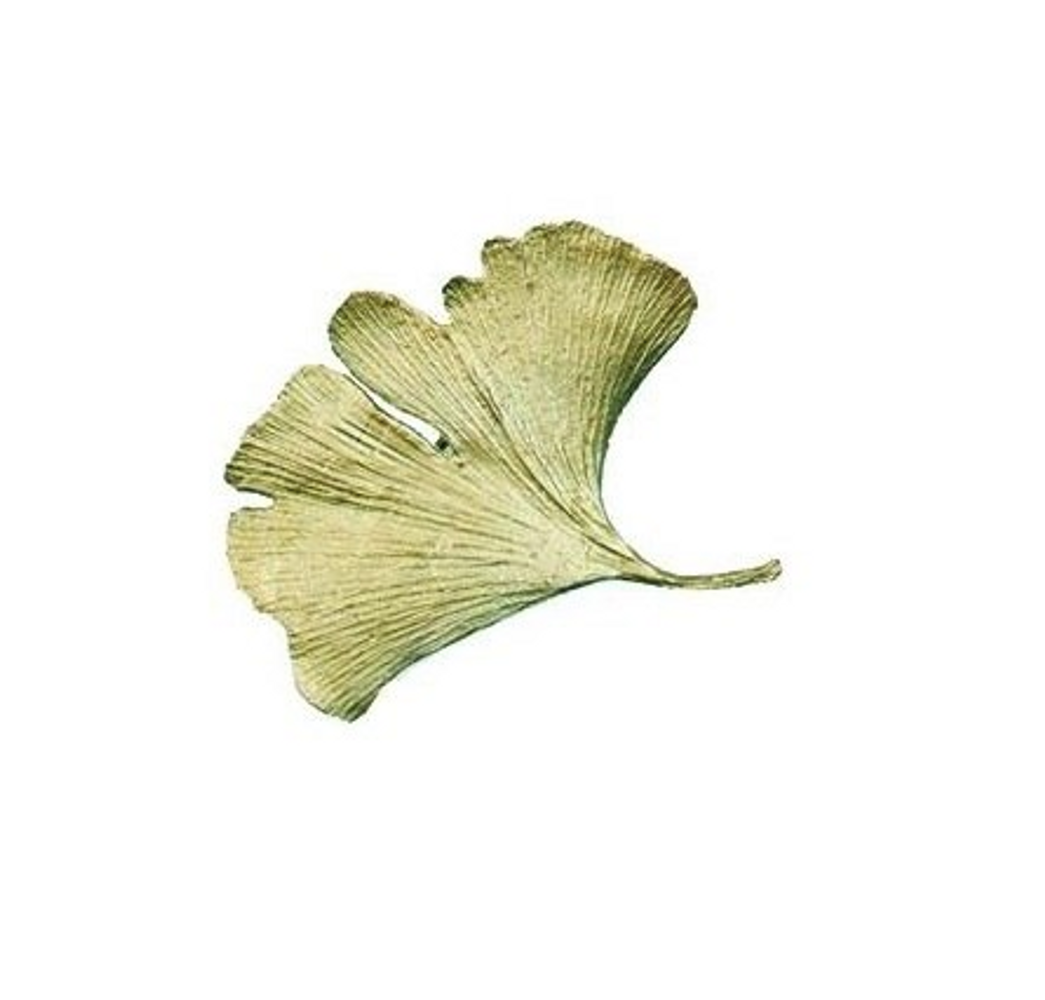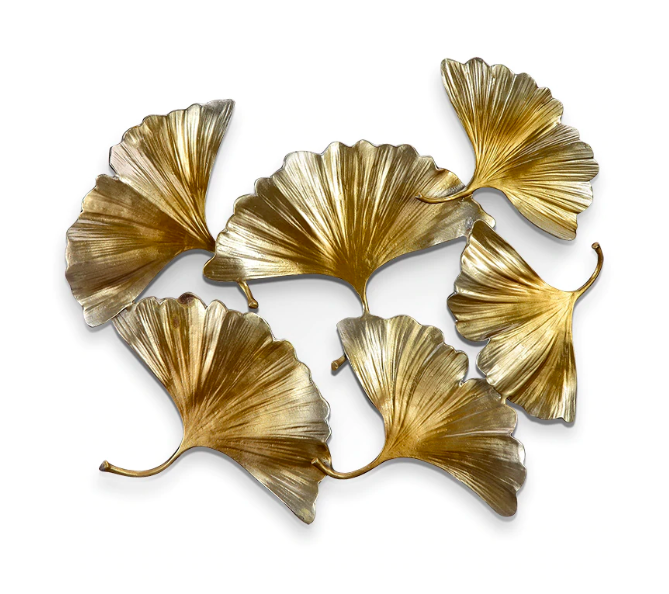
Known for its beauty, long life, and unique leaf shape and coloring, the Gingko Tree is a well-loved and much talked-about tree species. At Wildlife Wonders, we often come across new art, paintings, sculptures, jewelry, and artistic representations of the gingko plant species in all its forms: gingko branches, gingko leaves, etc.
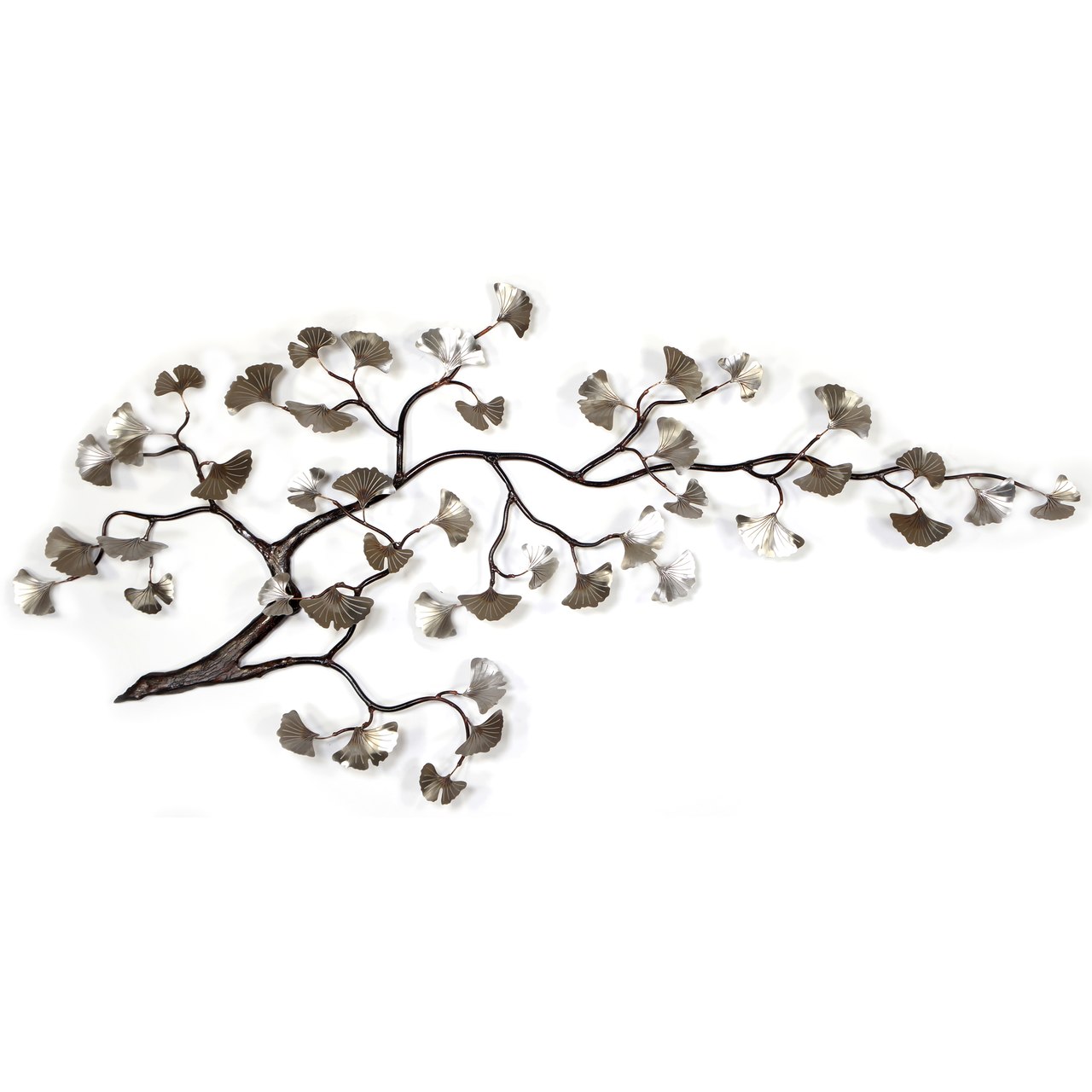
Why is this tree so often depicted in art? What makes the gingko so special? How is the Gingko different from other trees? What is a gingko tree?
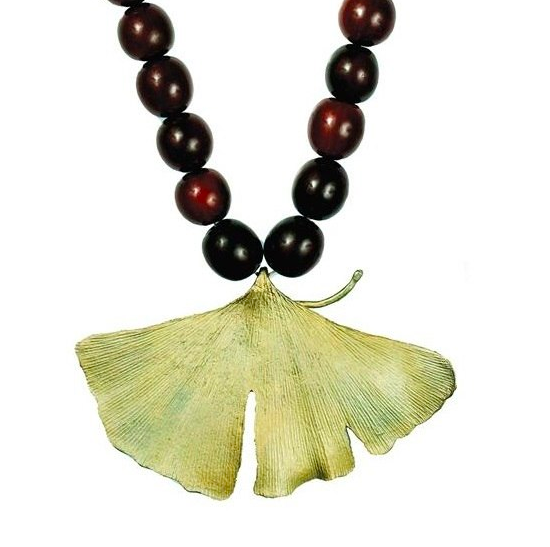
One of the easiest ways to discover a gingko is by looking for the particular fan-shape of its leaves. This shape is unique to the gingko and does not appear in other tree species. Their fan-shaped leaves turn a beautiful golden yellow in autumn.
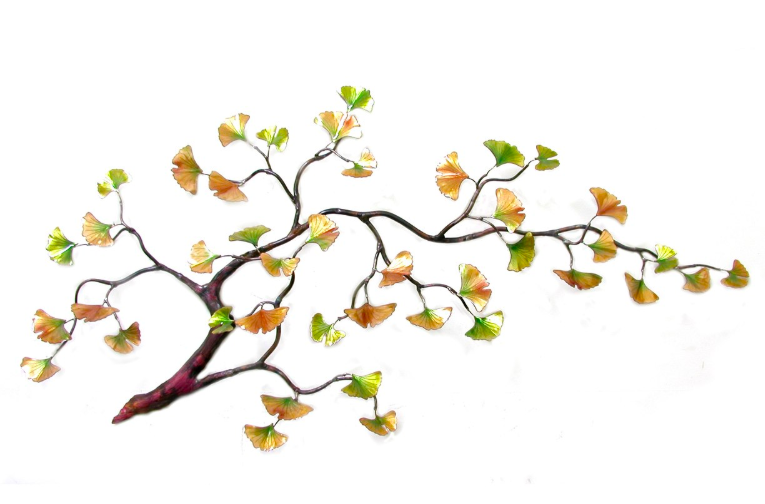
Also called the maidenhair tree, the gingko is one of the oldest and most unusual tree species in the world. It is the last of its kind, and its genetic history can be traced back millions of years.
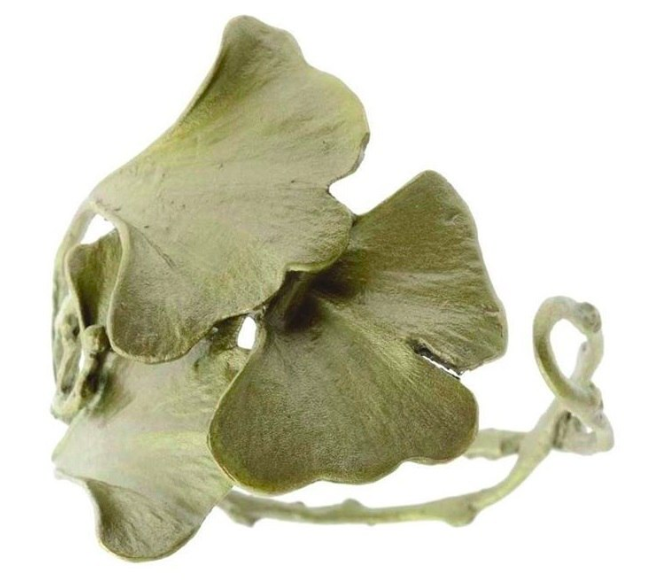
Once planted in ancient China and cultivated in Japanese temple gardens, the Gingko biloba, as known in scientific terms, plays a role in many treatments from ancient Chinese medicinal practices.
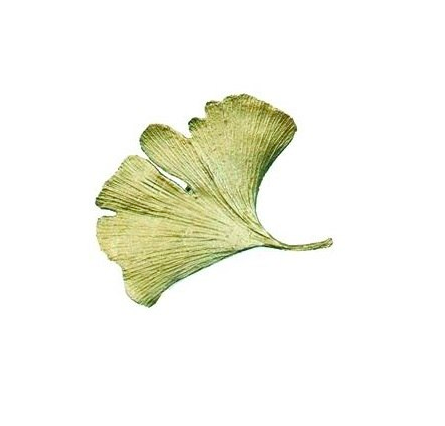
The gingko is celebrated for its shocking ability to live a very, very long life. Some gingkos living today have been alive for thousands of years. In addition to being long-lived, they are also incredibly tough and resistant to many climate changes and disasters that other trees cannot survive. It is believed that several gingko trees in Japan survived the blast and its aftermath in the bombing of Hiroshima and still stand today, healthy and strong.

